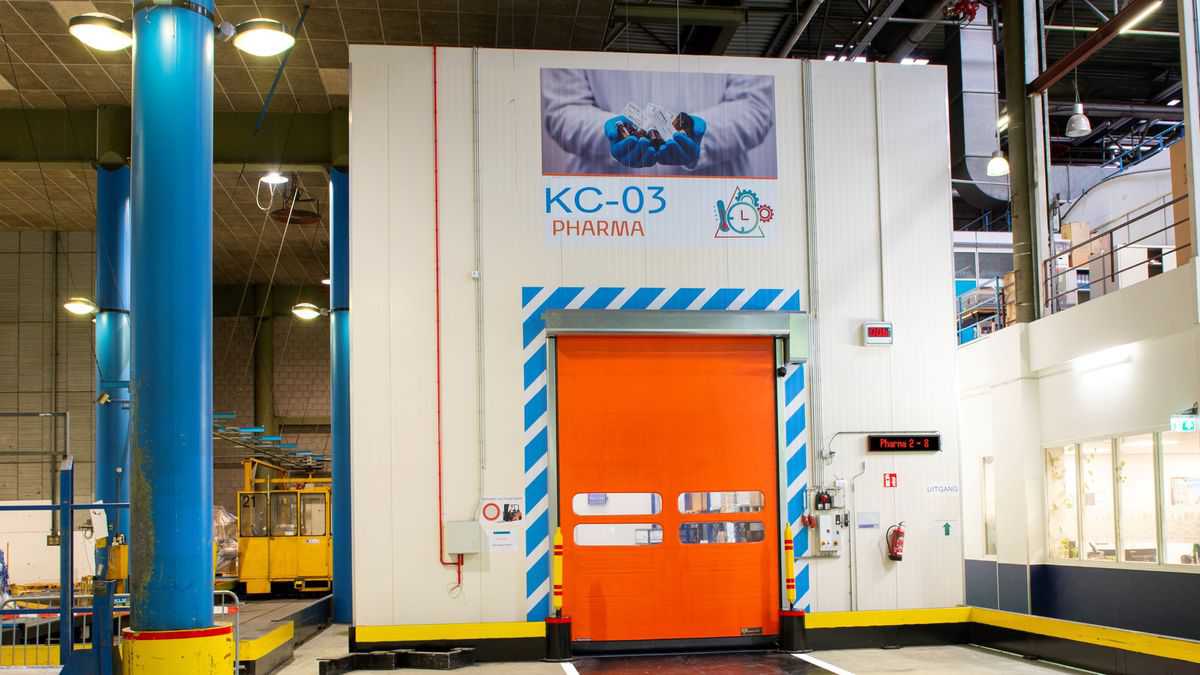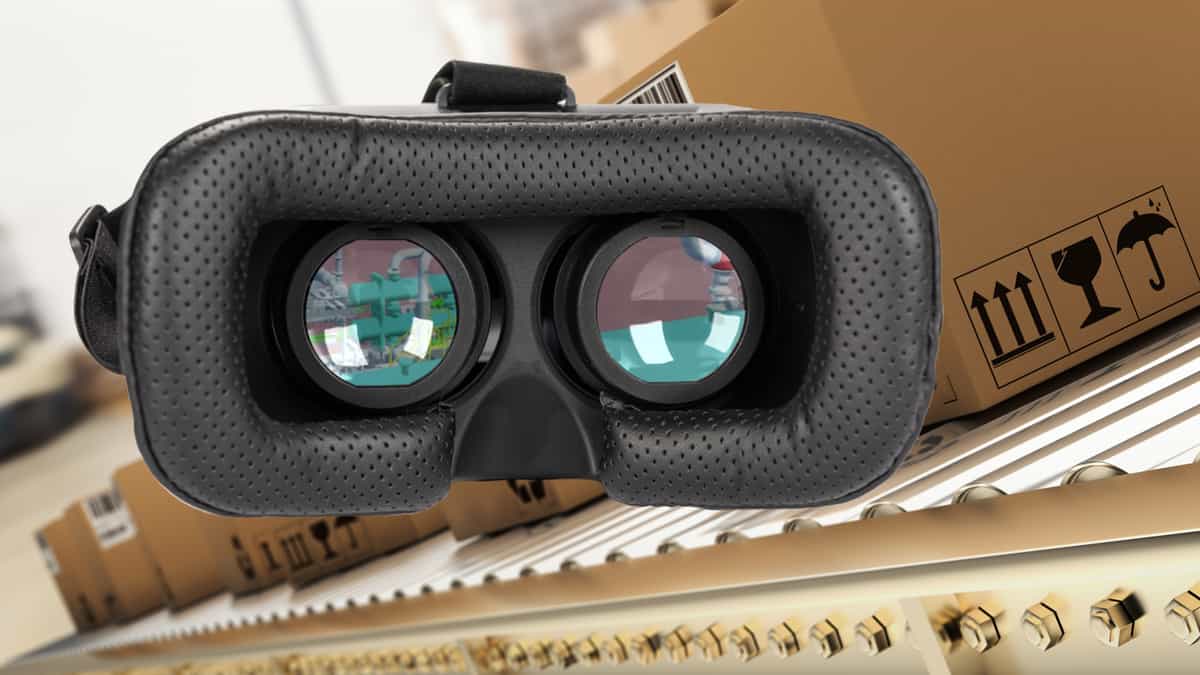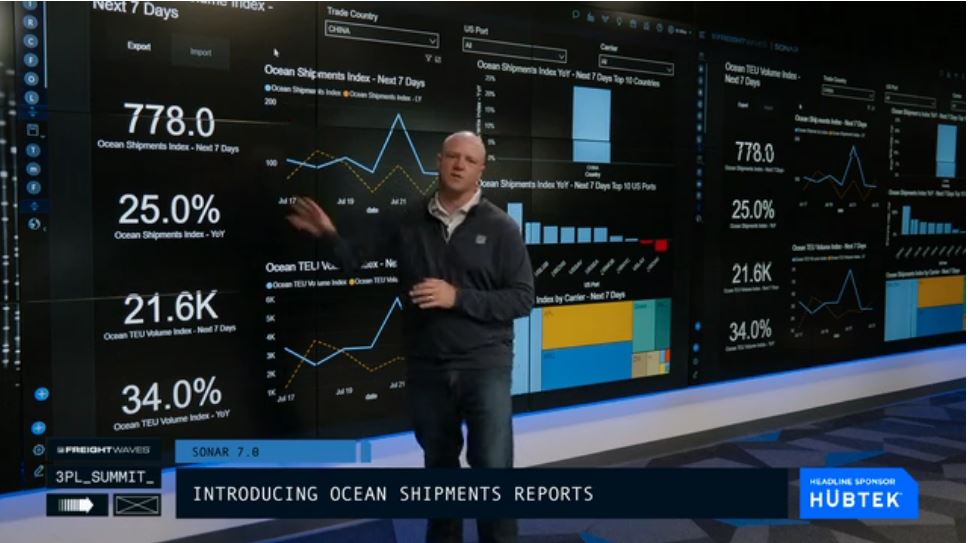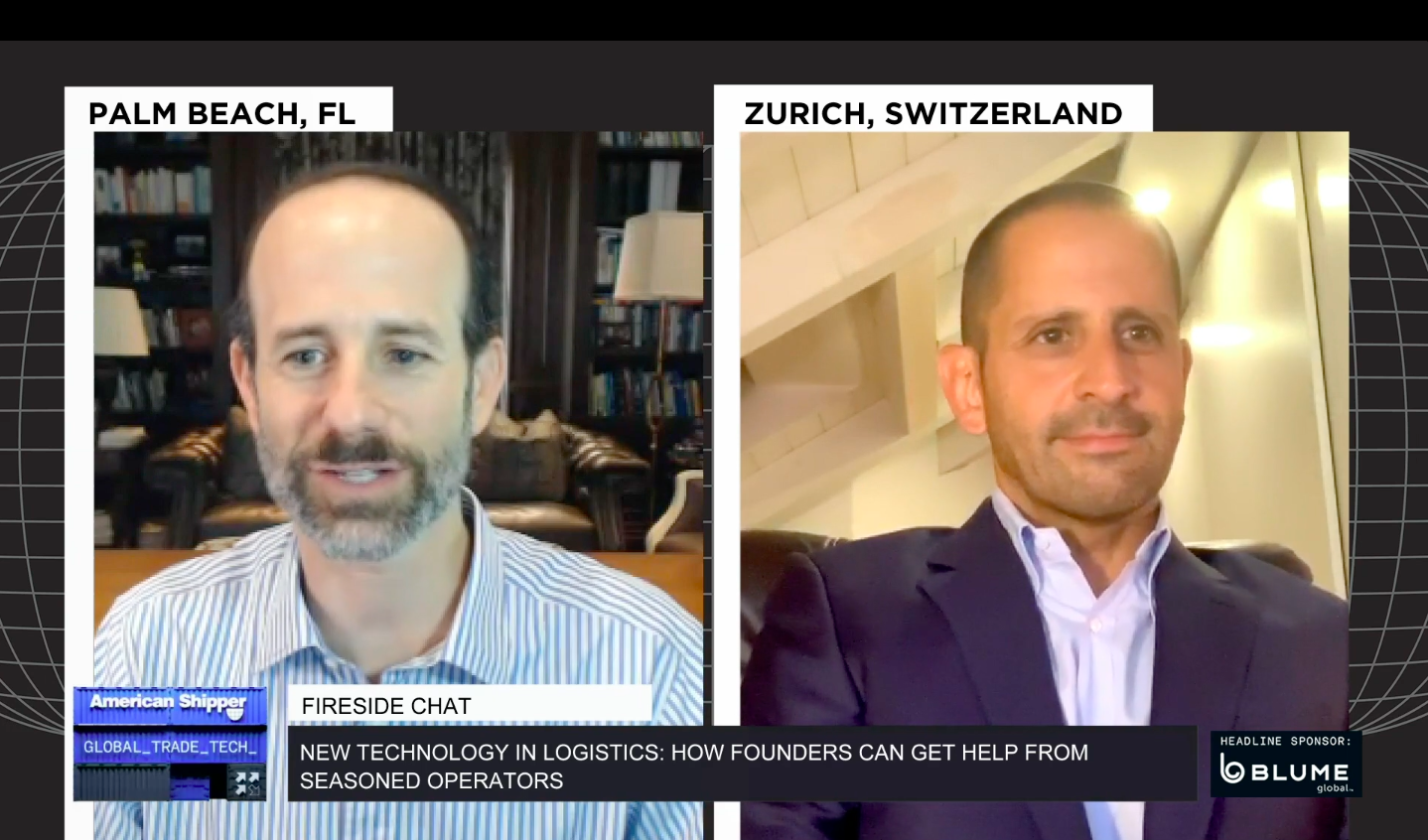
Uber is in talks with German automakers Daimler AG and BMW AG to acquire their ride-hailing joint venture FreeNow, as reported by Bloomberg. If this deal goes through, Uber can significantly improve its market share in Europe, as FreeNow operates in more than 100 European cities.
A FreeNow buyout would be another high-profile deal for Uber, following its agreement to acquire Middle East-based ride-hailing company Careem for $1.7 billion, finalized earlier this year.
This has been a major reversal of fortunes for Uber, following its regular ceding to foreign market competitors — including selling local operations to Didi Chuxing in China and Grab in Southeast Asia and merging Russian operations with local tech giant Yandex’s taxi service.
Hamburg, Germany-based FreeNow was founded in early 2019 as part of Your Now, a Daimler-BMW partnership in which the two companies roughly invested $1.14 billion across five promising segments within the mobility-as-a-service market. With Your Now, Daimler’s car2go and BMW’s DriveNow merged to offer the various mobility solutions under a single umbrella.
The five segments within Your Now are route navigation, real-time parking availability, electric vehicle charging, car sharing and cab hailing. The cab-hailing segment reportedly is the only venture that Uber is interested in at the moment. In June, Daimler valued its share of the Your Now operations at roughly $720 million.
The FreeNow venture has been profitable, while also integrating other ride-hailing companies in Europe like France-based Kapten, Greece-based Beat and Romania-based Clever Taxi within its platform.
With FreeNow, Uber can see a revival of its market ambitions outside North America, after a few exits across Asia and Russia. The company also is looking to sell off the remnants from those exits, mainly minority holdings within foreign ride-hailing operations, including stakes in Didi Chuxing, Grab and Yandex. Uber also shrunk its operations in the freight segment in Europe, merging Uber Freight Europe with German-based sennder earlier this month.
Running fleets of driverless cabs would eliminate Uber’s largest expense — paying cab drivers — and in 2018, CEO Dara Khosrowshahi made a bold statement that Uber would look to get driverless cars on the road by the end of that year. Not much has gone according to plan. Two years later, Uber’s self-driving vehicles have not transcended pilot tests and lag behind market leaders like Alphabet’s Waymo and GM’s Cruise.
Several issues have cropped up during Uber’s autonomous vehicle pilot tests, including sudden jerks and potentially dangerous movement — every one-third of a mile on average. In July, a company presentation showed that Uber was only 3.9% of the way on its road map to figuring out a way to test its vehicle’s readiness for tackling critical situations in the driving environment.
In other news, Uber won its appeal against having its operating license revoked in London on Monday. The court decided in favor of Uber, as it was satisfied with the process improvements the company had made, including its efforts to communicate with Transport for London (TfL), the city’s transport regulator.
The grant granted Uber an 18-month license extension, far shorter than the usual five-year extension period.
***
More from Vishnu Rajamanickam
Shopping malls going digital in e-commerce era
Why the Walmart-TikTok partnership signals the future of e-commerce
Augmented reality could solve unskilled labor problem in warehouses





















